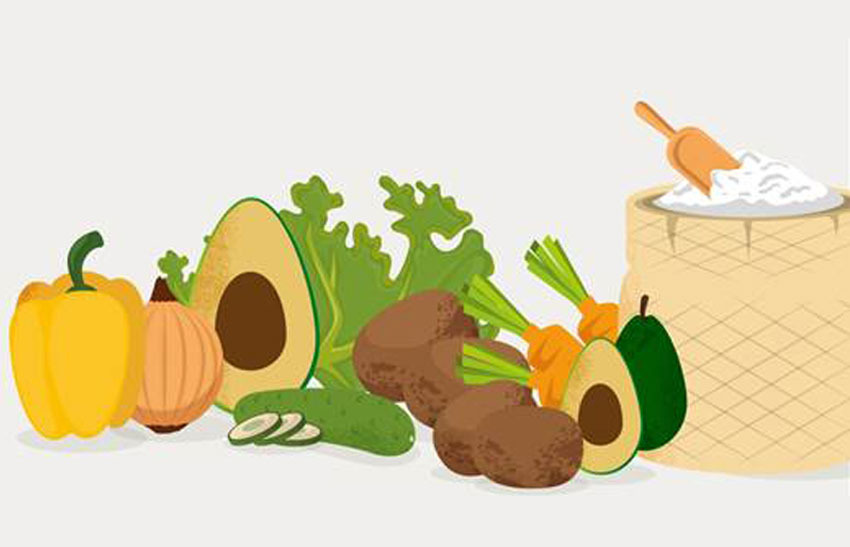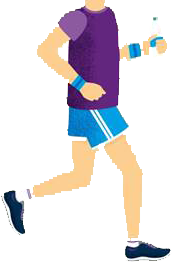



Cholesterol is a lipid, which controls the entry and exit of substances in cells in our body, which means it’s key to good health.
It is produced naturally in the liver and there are two types of cholesterol: the first is LDL (Low
Density Lipoproteins), commonly labelled as “bad“. The second is HDL (High Density Lipoproteins), which is commonly labelled “good”.
LDL is one of the main causes of cardiovascular disease, and to maintain an optimum level of this lipid, it shouldn’t be more than 100 mg/dL. On the other hand, HDL, which is really good at shielding us from the same illnesses and keeping the body working as well as possible, should be kept at a level of 60 mg/dL or over.

The main reason you might have a high level of cholesterol is if you’ve been eating foods with a lot of cholesterol in them.
We also ought to add in to this simple statement other factors that have a lot to do with cholesterol levels, such as our genetic makeup, a sedentary lifestyle or stress.

There are a lot of foodstuffs that help keep your cholesterol level in check, or even reduce it.
Vegetables, especially greens. These are bursting with nutrients, particularly vitamins, and with no cholesterol in sight.
Avocado. Including this in your regular diet will bring down bad cholesterol and help create the good variety. Its high fibre content and level of polyunsaturated fats both play their part.
Wholegrain cereals, the famous fibre providers that slow down the rate at which cholesterol is absorbed.
Oily fish, which have a high concentration of omega 3, fatty acids that also increase good cholesterol levels, and help control weight and improve brain function as well.
Beans and Pulses are another worthwhile food in any attempt to get down bad cholesterol owing largely to their high fibre content, which helps slow down the rate at which cholesterol is absorbed into the body.
